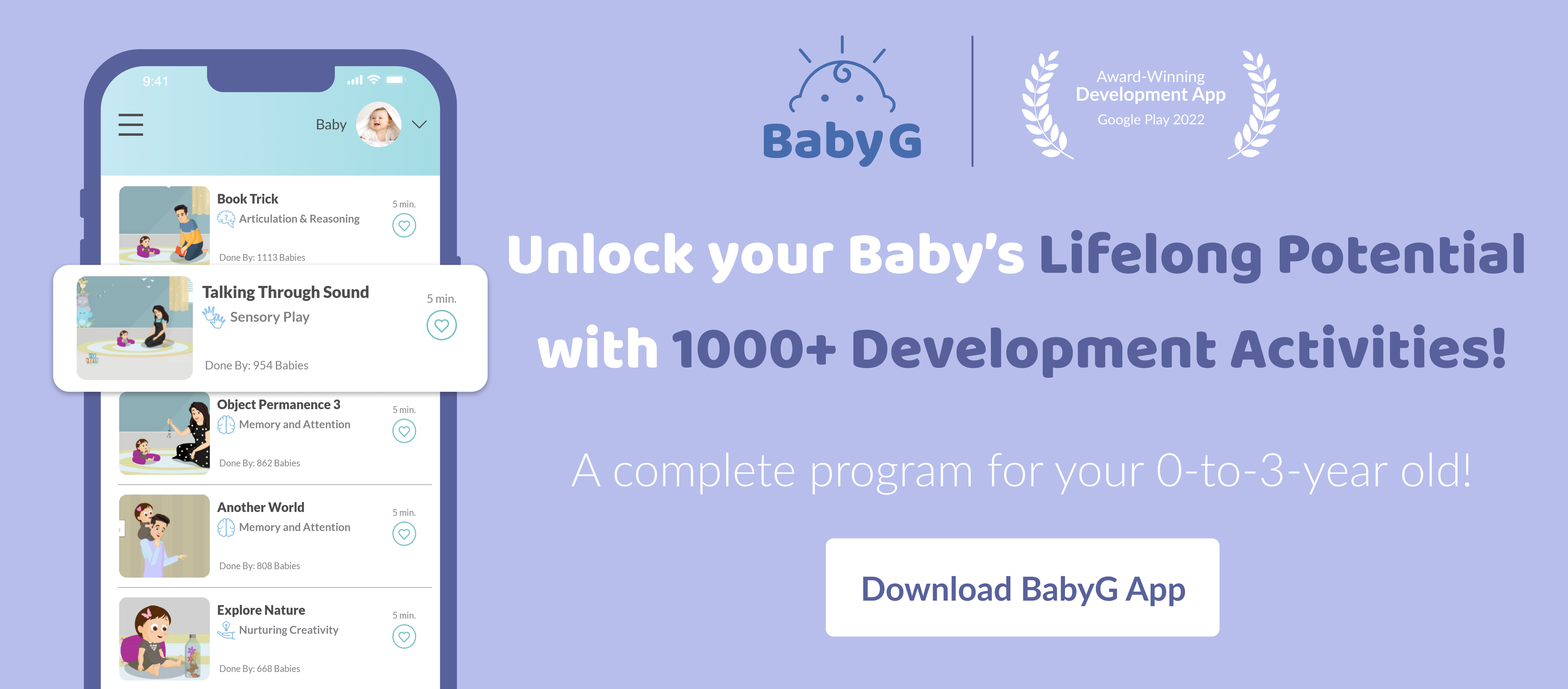
What is Low Muscle Tone?
Muscle tone is the tension present in the muscle at rest. Typically, there is a small amount of contraction present in the muscles even when they are at rest. Functionally, it can be understood as the resistance by the muscle to movement. When we say that a child has hypotonia or low muscle tone, that tension is reduced and the resistance to movement is less. When touched, the muscles feel too relaxed and soft.
However, it is important to remember that muscle tone is a spectrum and each child is affected differently. For some children there is just a mild effect on their growth whereas for others it may hamper their daily lives.
Causes for Low Muscle Tone in Babies
Signals from the brain control the muscle tone. These signals tell the muscles to maintain or release the contraction. If this contact between the muscle and brain is interrupted, there may be changes in the muscle tone. This could occur due to damage to any part of the nervous system including the brain, spinal cord, nerves or even the muscle itself.
Hypotonia may be seen as a symptom of a genetic or neurological condition or may be a condition in itself with some children having idiopathic low muscle tone with no particular cause.
A physiotherapist or occupational therapist trained in pediatric rehabilitation will help to suggest strategies depending on your child's needs.
Low Muscle Tone baby Symptoms
The signs of low muscle tone vary according to the severity of the condition as well as the age of the child. For babies low muscle tone is commonly seen with difficulty in holding their head. Some children may also have limp limbs and difficulty in feeding.Low muscle tone can manifest as delay in achieving motor milestones such as crawling, sitting, standing independently and walking as the child gets older. They may seem clumsy and have difficulty in keeping up with peers during physical play. Some general signs of low muscle tone are
- Limbs feel limp when you lift them
- Limbs extend beyond their limit due to increased flexibility in the joints
- Greater probability for hip, jaw or neck dislocations
- Delay in acquired developmental milestones (e.g sitting, standing, walking)
- Delay with acquiring fine motor skills (e.g grabbing toys, moving toy in the hands)
- Trouble feeding- the child may face difficulty in sucking, chewing or swallowing
- The mouth may hang open with the tongue protruding
- Breathing difficulties - shallow breathing, may get tired easily
- Delayed speech
- Poor posture- stooped posture with rounded shoulders
- Difficulties with balance and coordination
Exercises To Help Your Baby with Low Muscle Tone
If you think that your child has low muscle, or you’re concerned about their physical development, it’s a good idea to see a pediatric physical or occupational therapist.
The treatment will depend on the cause and severity of hypotonia. Early intervention usually includes physical therapy, occupational therapy and speech therapy and is usually effective in minimising long term impairments of low tone and helps your child achieve maximal functional abilities.
Here are some exercises and activities that you can practice at home to help with low muscle tone.
Gross Motor Play Exercises & Activities
1. Deep Pressure and Joint Compression
Providing firm pressure with your hands over the baby's entire body helps in stimulation of the muscles.
To give joint compressions, one hand needs to be placed above the joint and one hand below and then gently push your hands towards each other as if you are trying to bring the joint closer together. Hold this position for ten seconds and release. This can be repeated ten times.
2. Floor Playtime
Encourage floor time play with your baby especially while lying on their tummy. Let them explore the environment and toys in this position.
3. Therapy Ball Play
Gentle bounce and rock your baby forwards and backwards and side to side while holding them firmly in a seated position on a gym ball. You can also make them reach out for toys in different directions while they maintain their balance on the ball.
4. Crawling
Crawling over various uneven surfaces such as couch cushions and soft toys provides the sensory stimulation of touch and also adds a dynamic challenge. The activity can be progressed to crawling up steps.
For older children, bear walking, bunny hops across obstacle courses are a fun and engaging activity.
5. Sit-to-stand Transition
This exercise can be practised by standing up from a parent's lap or a small stool to reach for a toy. Coming up to standing from kneeling through a half kneeling position is also very beneficial.
6. Squatting
Encourage your child to squat down to pick up toys and then come back up to the standing position.
7. High Kneeling
Tall kneeling position in front of a small bench or stool is beneficial to engage your child's core and back muscles. You can read them a book or solve a puzzle game in this position. This can be progressed by giving out toys slightly out of reach in this position and asking your child to come up from sitting to high kneeling to grab the toy.
8. Jumping
Activities like star jumps, jumping forward and backward or jumping on the trampoline are great warm up activities to encourage muscle tone. These activities are particularly helpful prior to performing sitting tasks such as writing and will help your child to maintain a good posture.
These activities can be made more fun by adding music or even using a skipping rope.
9. Ball Games
Playing catch and throw, bouncing a ball or aiming at targets are functional activities that your child will enjoy. To make it slightly more challenging use a heavier ball or even a pillow.
Fine Motor Play Exercises & Activities
1. Playdough
Making shapes with playdough, theraputty or even dough made of flour can be fun and engaging. You can also hide small toys or beads in the clay and ask your child to pick them out.
2. Water Play
You can give your child sponges to squeeze out water and paint. Spray bottles to water plants can also be given to strengthen the small muscles of the hands
3. Clothe spins and Tweezers
Use clothes line pins in different colours to match colour cards as a game. You can also ask your child to help you dry small clothes such as socks onto a clothesline. Make a fun sorting game by asking your child to pick out coloured beads with the help of a tweezer or tongs.
4. Little Handyman
Ask your child to help you with "repair work" around the house by giving him tasks to dig a pit in the garden or use a toy hammer to fix a broken game.
You can also ask them to help you carry, push and pull moderately heavy items around to help you such as carrying shopping bags or moving furniture.
5. Paper Balls
Ask your child to take colourful paper or newspaper and scrunch them up into balls by squeezing them in the palms and fingers. You can up the challenge by asking them to fill these paper balls in a bottle with a small neck so they have to use their fingers to push the balls into the bottle.
Every child is different and will require different techniques of rehabilitation. In collaboration with you, your therapist will set rehabilitation goals for that will meet your child's needs. They also will train you with activities to be practiced at home to achieve the best outcomes.












LEAVE A COMMENT